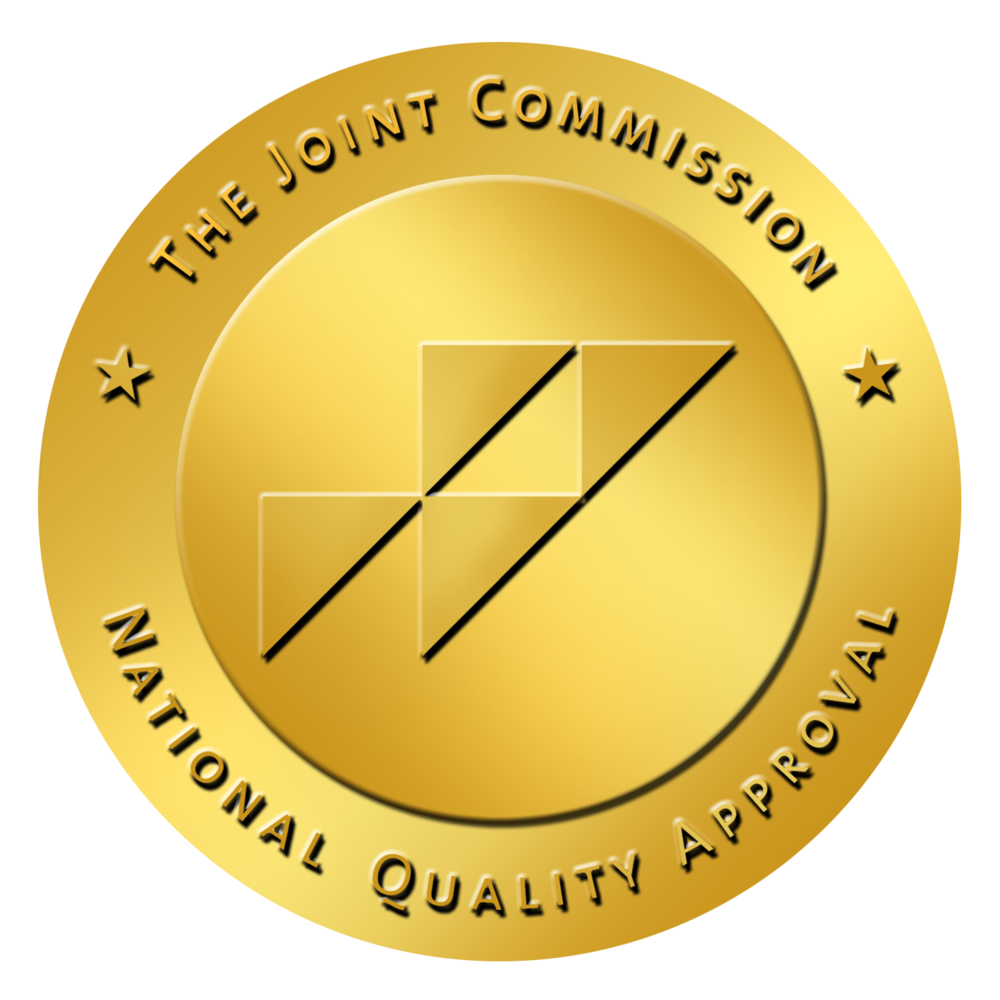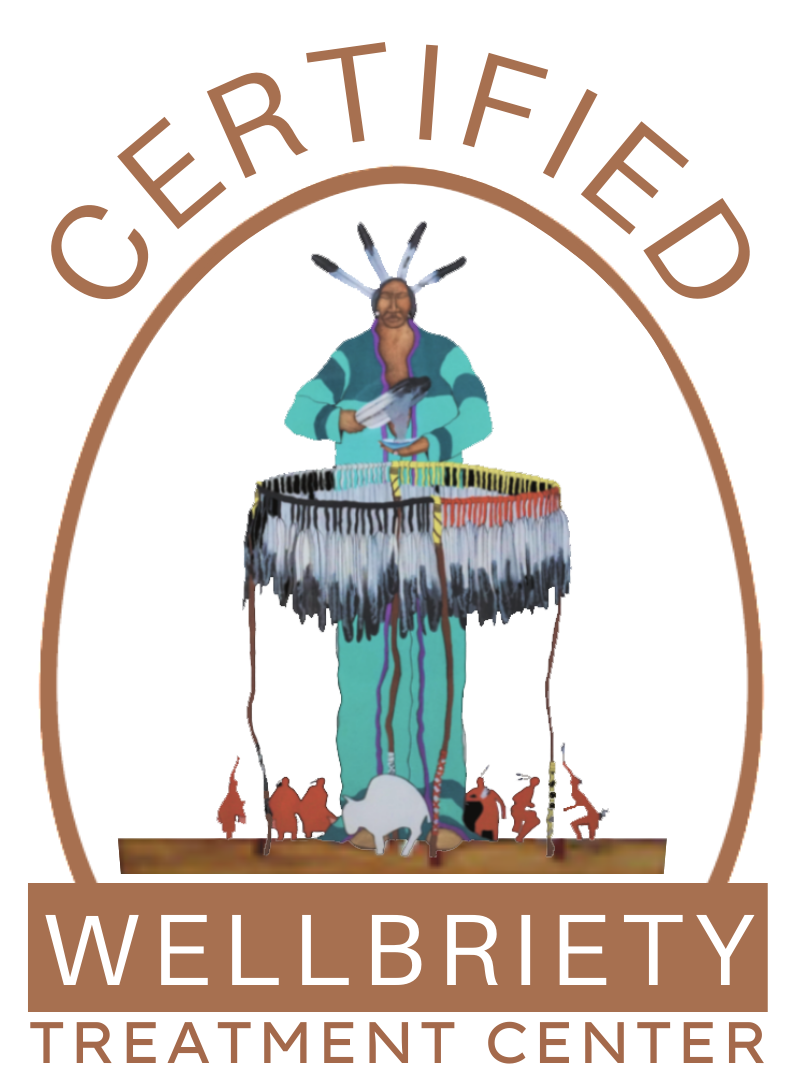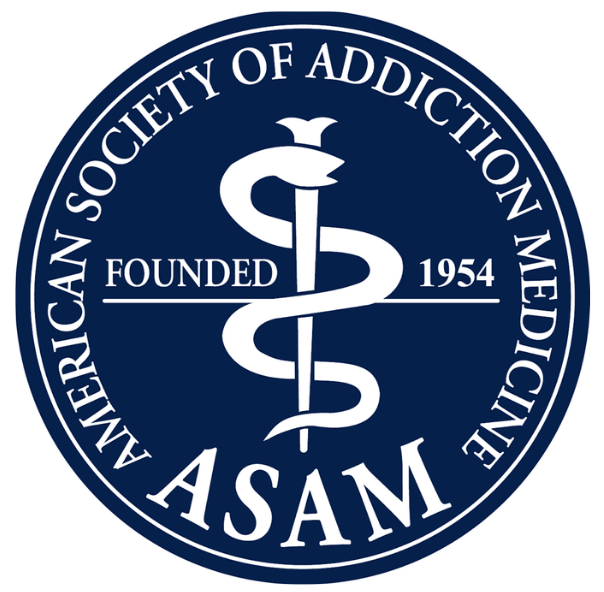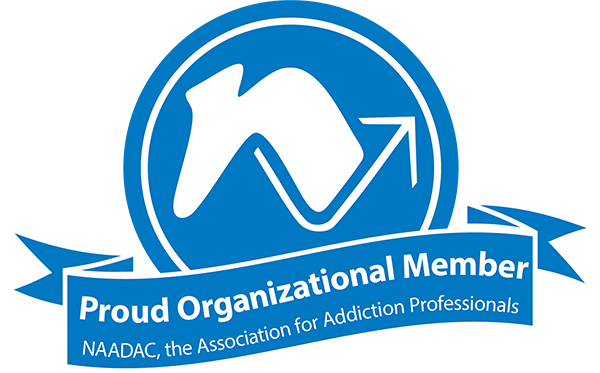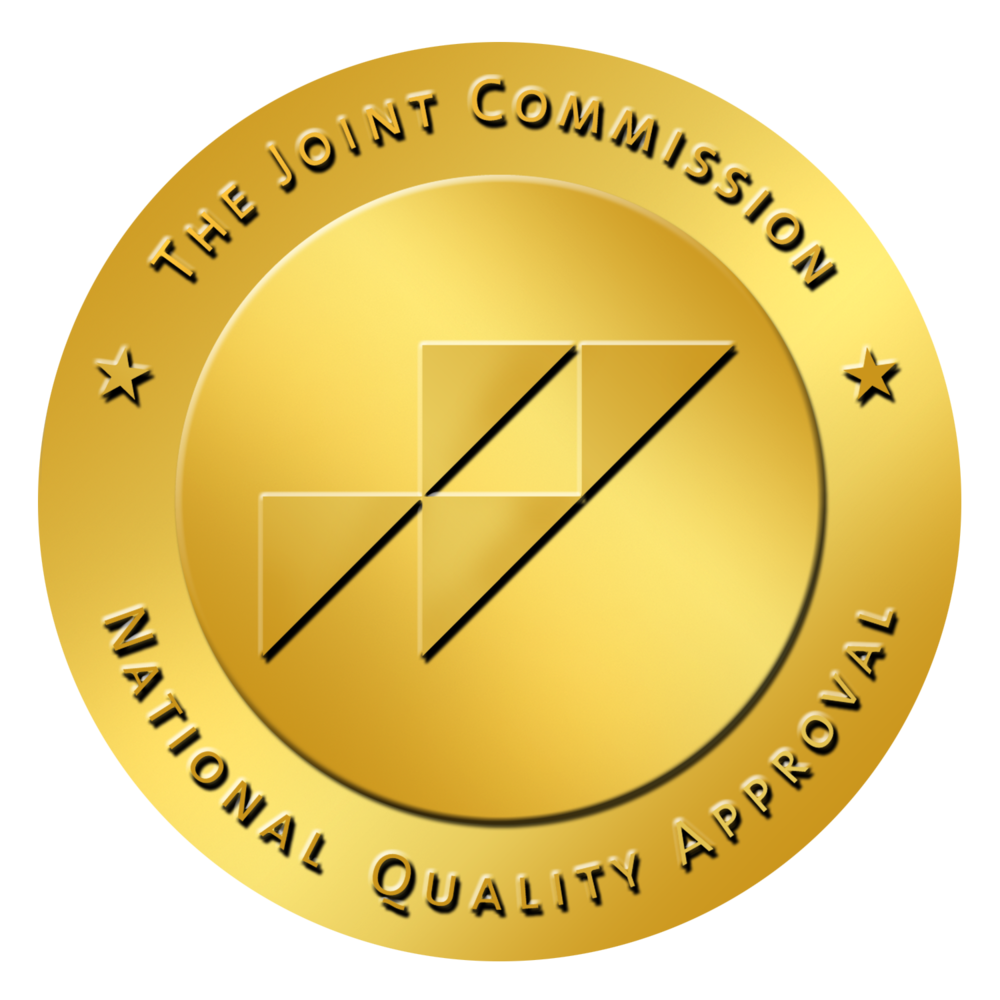Depressive disorders are a types of clinical depression.They involve persistent feelings of emptiness, hopelessness, or disinterest in daily activities that last for weeks or longer. These disorders can disrupt work, school, relationships, and overall quality of life, and in severe cases may lead to thoughts of self-harm or suicide. While depressive disorders can feel overwhelming, they are highly treatable with a combination of therapy, medication, and supportive lifestyle changes.
What Is Depression?
Depression is a mental health condition in which a person deals with low mood for a significant period of time. This is a clinical diagnosis that goes beyond mere “blue feelings” or momentary sadness. Depression involves persistent feelings of hopelessness, emptiness, or loss of interest in daily life. It can interfere with work, school, and relationships, and in severe cases, may lead to thoughts of self-harm or suicide.
Depending on the exact frequency and intensity of these and other symptoms, different depressive disorders can occur. These conditions are treatable, but often require a combination of therapy, lifestyle changes, and sometimes medication.
Depression Risk Factors
While depression can affect anyone, certain factors may increase a person’s risk. These include biological, psychological, and environmental influences. Understanding these risk factors can help with early intervention and better support.
Family History of Depression
Genetics play a role in mental health. People with a family history of depression are at a higher risk for the disease. While family history doesn’t guarantee depression, it suggests a genetic vulnerability combined with environmental influences.
Brain Function
Differences in brain chemistry and structure can increase the likelihood of a depressive disorder. Imbalances in neurotransmitters like serotonin, dopamine, and norepinephrine may affect mood regulation. Brain imaging studies also suggest that people with depression may have changes in brain regions that control mood, stress response, and decision-making.
Research shows that major depressive disorder is linked to structural brain changes in regions like the frontal lobe, hippocampus, and amygdala, which may disrupt circuits involved in mood, reward, and decision-making. These findings suggest that neuroimaging could one day help improve diagnosis and guide more personalized treatment for depression.
Gender and Depression
Depression occurs in both men and women, but women are statistically more likely to be diagnosed. Certain depressive disorders, like premenstrual depression or postpartum depression, occur in women almost exclusively. Hormonal fluctuations, especially during puberty, pregnancy, postpartum, and menopause, may contribute. Social and cultural factors, such as gender roles and stress, can also play a part.
Childhood Trauma
Adverse childhood experiences (ACEs)—such as abuse, neglect, or exposure to violence—can increase the risk of depression later in life. These early stressors affect brain development and the body’s response to stress, making individuals more vulnerable to mental health challenges.
Chronic Illness and Depression
Living with long-term medical conditions like diabetes, heart disease, or cancer can take a toll on mental health. Chronic pain, limited mobility, or the stress of managing an illness may trigger or worsen depressive symptoms.
Substance Abuse and Depression
Alcohol and drug use are closely linked to depression. Substance use can worsen mood disorders, while depression may drive individuals to self-medicate with drugs or alcohol. This cycle often leads to dual diagnosis, where both conditions must be treated together for effective recovery.
Life Stressors
Major life changes—such as job loss, financial struggles, divorce, or the death of a loved one—can trigger depressive disorders. While many people recover with time, ongoing or intense stress can increase the likelihood of developing clinical depression.
Types of Depressive Disorders
Depression is not a single condition but a group of related disorders that share common symptoms such as persistent sadness, loss of interest, and difficulty functioning in daily life. Each type of depressive disorder has unique features, causes, and treatment approaches. Recognizing the different types can help individuals better understand their experiences and seek the right kind of support.
Major Depressive Disorder
Major Depressive Disorder (MDD), also known as unipolar depression, is the most common type of depressive disorder. It involves intense and persistent symptoms such as low mood, fatigue, changes in appetite or sleep, and loss of interest in activities. These symptoms typically last at least two weeks and can significantly impair daily functioning.
Persistent Depressive Disorder
Sometimes called dysthymic disorder or chronic depression. Persistent Depressive Disorder (PDD) is a chronic form of depression where symptoms last for two years or more. While the symptoms of PDD are often less severe than Major Depressive Disorder, their long duration can deeply affect quality of life.
Premenstrual Dysphoric Disorder
Premenstrual Dysphoric Disorder, or PMDD, is a severe form of PMS that affects women in the days leading up to their period. Sometimes described as hormone-based depression, it involves both emotional symptoms—such as mood swings, irritability, anxiety and depression—and physical symptoms like fatigue, bloating, and changes in sleep or appetite.
Psychotic Depression
Psychotic Depression—also called major depression with psychotic features or depressive psychosis—is a severe type of depression that includes psychotic features such as delusions (false beliefs) or hallucinations. These symptoms occur alongside the typical emotional challenges of depression, including persistent sadness, loss of interest, and fatigue.
Atypical Depression
Atypical Depression, sometimes called major depression with atypical features, is a subtype of depression where symptoms differ from more typical patterns. Instead of persistent low mood, people may experience mood reactivity—feeling temporarily better in response to positive events—along with physical symptoms such as increased appetite, weight gain, and excessive sleep.
Seasonal Affective Disorder
Seasonal Affective Disorder (SAD), also known as major depressive disorder with a seasonal pattern or simply seasonal depression, is a type of depression that occurs at certain times of the year, most often in the fall and winter when daylight hours are shorter. It’s one of the most common depressive disorders.
Postpartum Depression
Postpartum Depression (PPD), sometimes referred to as peripartum depression, is a type of depression that affects women during pregnancy or after childbirth. Unlike the short-lived “baby blues,” PPD is more intense and longer lasting, often requiring professional support.
Bipolar Disorder
Bipolar Disorder (BD)—formerly known as manic-depressive disorder or manic depression—is a mental health condition marked by recurring shifts in mood, energy, and activity levels. It affects both men and women and includes several forms, such as Bipolar I, Bipolar II, and cyclothymia.
Struggling with Symptoms of Depression?
Depression can feel overwhelming, but it’s important to know that you are not alone and that effective treatments are available. Whether symptoms are mild or severe, seeking help early can improve outcomes and restore quality of life. Recognizing when depression is interfering with daily responsibilities, relationships, or overall well-being is the first step toward recovery.
Treatment for Depression
Depression is highly treatable, and many people find relief through a combination of therapy, medication, and lifestyle changes. The right approach depends on the individual’s unique needs, but therapy is often a cornerstone of care.
Therapy for Depression
Talk therapy provides a safe space to explore thoughts and emotions while developing healthier behavior patterns. Many types of behavioral therapy are effective in treating depression, helping individuals build coping skills, improve self-awareness, and create lasting change.
Behavioral Therapy
Behavioral therapy focuses on identifying unhelpful thought and behavior patterns that contribute to depression. By increasing awareness of these patterns, individuals can learn new strategies to improve mood, manage stress, and enhance daily functioning. Several research-based forms of behavioral therapy are commonly used in depression treatment:
Acceptance and commitment therapy (ACT)
ACT helps people accept difficult thoughts and feelings instead of avoiding them. The therapy emphasizes mindfulness, personal values, and committed actions that align with a more fulfilling life.
Cognitive-behavioral therapy (CBT)
CBT is one of the most widely used therapies for depression. It helps individuals recognize and challenge negative thought patterns while developing healthier ways of thinking and behaving. By reshaping thoughts, CBT can treat most, if not all, depressive disorders.
Dialectical behavioral therapy (DBT)
Originally developed for borderline personality disorder, DBT is also effective for depression, especially when intense emotions are involved. It combines elements of CBT with mindfulness and teaches practical skills for emotional regulation, distress tolerance, and improving relationships.
Medication for Depressive Disorders
Medication can play a crucial role in managing depressive disorders. A medication management plan ensures that individuals receive the right medications at the proper dosages, with regular monitoring to track effectiveness and side effects. Medications commonly used to treat depressive disorders include antidepressants, anti-anxiety medications, mood stabilizers, and antipsychotics.
Antidepressant Medications
Antidepressants are often the first-line treatment for depression. They work by balancing neurotransmitters in the brain that affect mood and emotions. There are several types of antidepressants, each with specific benefits:
Selective Serotonin Reuptake Inhibitors (SSRIs)
SSRIs increase serotonin levels in the brain to improve mood. Common SSRIs include sertraline (Zoloft), citalopram (Celexa), escitalopram (Lexapro), fluoxetine (Prozac), and paroxetine (Paxil, Pexeva).
Serotonin-Norepinephrine Reuptake Inhibitors (SNRIs)
SNRIs target both serotonin and norepinephrine to relieve depressive symptoms. Common options include venlafaxine (Effexor XR), duloxetine (Cymbalta), and desvenlafaxine (Pristiq).
Atypical Antidepressants
Atypical antidepressants work through unique mechanisms to address depression, often with fewer sexual or weight-related side effects. Examples include bupropion (Wellbutrin, Aplenzin), trazodone (Oleptro), and mirtazapine (Remeron).
Tricyclic Antidepressants
TCAs are an older class of antidepressants still prescribed in some cases. Examples include imipramine (Tofranil), nortriptyline (Pamelor), amitriptyline, doxepin, trimipramine (Surmontil), desipramine (Norpramin), and protriptyline (Vivactil).
Monoamine Oxidase Inhibitors (MAOIs)
MAOIs are prescribed to treat depression that has not responded to other medications. They work by increasing serotonin and norepinephrine levels. Examples include tranylcypromine (Parnate), phenelzine (Nardil), isocarboxazid (Marplan), and the newer selegiline (Emsam).
Anti-anxiety Medications
Anti-anxiety medications, such as benzodiazepines, can help reduce anxiety that often accompanies depression. They act on neurotransmitters like serotonin and GABA to promote calm. Common options include Valium, Ativan, Xanax, and Klonopin.
Antipsychotic Medications
Antipsychotic medications, also called antipsychotics or neuroleptics, are sometimes prescribed alongside antidepressants to help manage depressive disorders, particularly when symptoms include psychosis or mood instability. These medications work by blocking dopamine receptors in the brain, which can reduce hallucinations, delusions, and extreme mood shifts.
Commonly prescribed options include Risperdal, Zyprexa, Seroquel, and Abilify. When carefully managed as part of a treatment plan, antipsychotics can improve quality of life by stabilizing mood and supporting recovery from depression.
Mood Stabilizers
Mood stabilizers are commonly prescribed to help manage the symptoms of bipolar disorder and related mood conditions. These medications work to prevent extreme shifts in mood, reducing both manic highs and depressive lows. They are often used in combination with antipsychotics for more comprehensive treatment.
Well-known mood stabilizers include Lithium, Valproic acid, Carbamazepine, and Lamotrigine. When part of a carefully monitored treatment plan, mood stabilizers can improve emotional stability, reduce relapse risk, and support long-term recovery.
Depressive Disorder Treatment at Aliya Health Group
At Aliya Health Group, we understand that depression is more than just sadness—it’s a condition that can deeply affect your daily life, relationships, and overall well-being. That’s why we provide personalized care that goes beyond symptoms to address the whole person. Our team combines research-based therapies, medication management, and compassionate support to help patients regain balance, stability, and hope for the future.
Our Holistic Approach to Depression Treatment
Our programs are designed to treat the mind, body, and spirit. Alongside proven therapies such as cognitive-behavioral therapy (CBT) and medication management services, patients may also benefit from holistic approaches like mindfulness, wellness activities, and stress-reduction techniques. This integrated approach helps strengthen coping skills, restore confidence, and build the foundation for long-term recovery.
Depression Treatment Near You
If you or a loved one is seeking treatment for depression, Aliya Health Group offers accessible, high-quality care in New Jersey through Footprints to Recovery Mental Health in Hamilton Township, NJ. Our team of experienced mental health treatment providers in New Jersey is committed to guiding you through each step of the recovery process with compassion and expertise.
No matter where you are on your journey, our programs provide a safe space to heal and learn how to manage depressive symptoms. With trusted mental health care in New Jersey, you don’t have to face depression alone—help is close to home.
